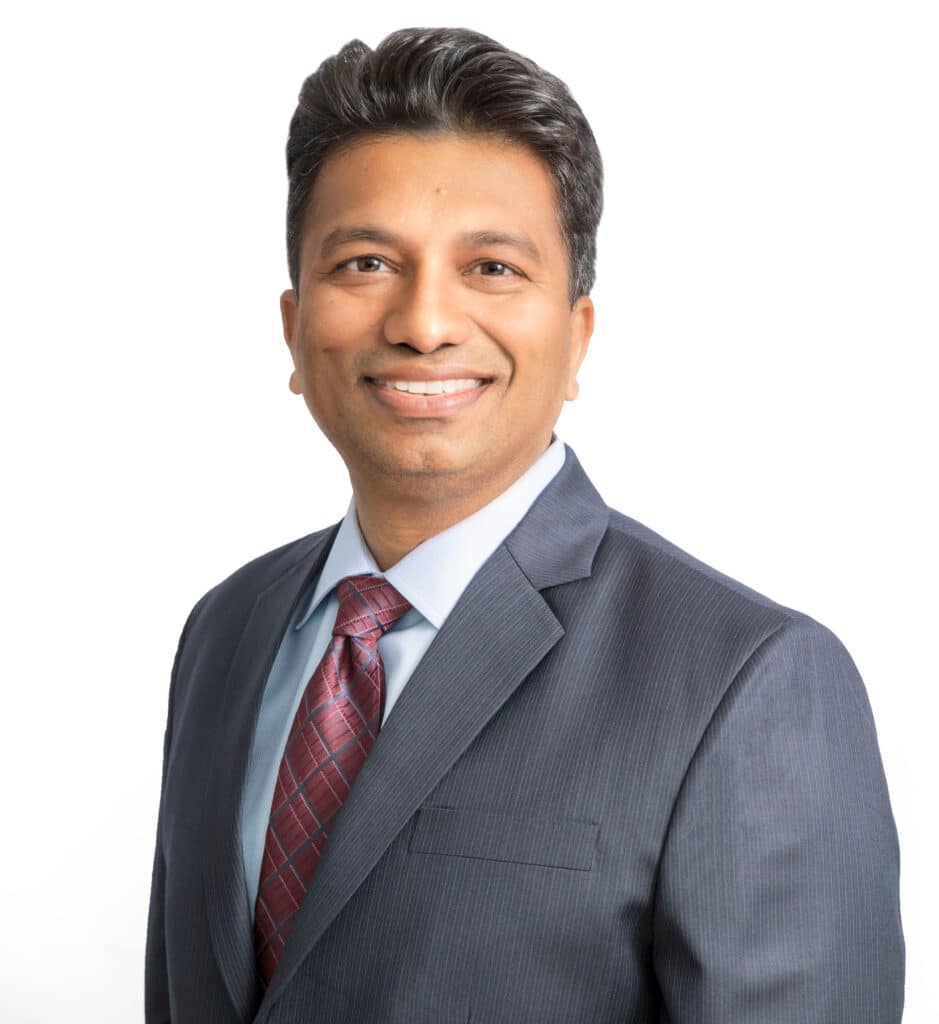In the next five to ten years, there are going to be fewer firms specializing in algorithmic execution, according to Hitesh Mittal, Founder and CEO of BestEx Research.
“Today there’s vertical integration, with big banks building algorithmic trading products internally, but it’s an added cost to them. Right now, everyone’s doing it, everyone’s spending money, and everyone’s doing a mediocre job. What we’re betting on is that more and more banks will outsource execution to firms who specialize in building end-to-end algorithmic trading solutions,” he said.

The global algorithmic trading market exhibited strong growth during 2015-2020, according to the “Algorithmic Trading Market: Global Industry Trends, Share, Size, Growth, Opportunity and Forecast 2021-2026” report from Research And Markets.
The global algorithmic trading market is forecast to grow at a CAGR of around 10% during the forecast period (2021-2026).
Algorithmic execution reduces transaction costs and operational complexity for institutional asset managers by processing market data in milliseconds and sending orders in tiny slices, which is practically impossible for any human trader.
This benefit of algorithmic trading is the key factor driving the market growth, according to the report.
Mittal said that institutions are using algos “pretty much all the time” when it comes to equities, but that’s not so much the case for futures and FX.
“Other asset classes will follow equities, which are already at 90-95%,” he said.
BestEx Research was founded with a focus on maximizing investor returns and is therefore committed to reducing clients’ trading costs with a quantitative approach to execution across equities, futures, and FX.
Depending on the underlying strategy, a portfolio’s implicit costs can range from 1% (of Assets Under Management) a year (in a large cap, low-turnover portfolio, for example) to 4-6% (in a CTA, small cap or global macro portfolio), severely reducing returns, according to Mittal.
“Implicit costs are higher than they need to be for lots of reasons, the biggest being a lack of innovation in execution algorithms from large banks and brokers. Beyond large cap equities, most algorithms leave a lot of opportunity for savings,” he said.
Beyond innovation, execution algorithms suffer a lack of independence, says Mittal.
“Often asset managers trade with several brokers and banks for a variety of reasons including research, access, leverage, and liquidity,” he said.
For Mittal, educating customers is a major focus.
He said there’s a lot of narrative-based marketing, rather than performance-based marketing from the current players.
“Trading data is noisy, so you need a lot of data to know which algorithms yield the best performance. And not every firm has the luxury of sufficient data to compare algorithms in a statistically significant manner,” he said.
“A major differentiator for BestEx Research is our built-in simulator; it allows us to backtest our execution algorithms against historical tick data,” he said.
“We are also investing heavily in our unique AMS (Algorithmic Management System). Our cloud-based AMS provides clients the ability to analyze the behavior of our algorithms in real time and build their own routing and trading strategies in a user-friendly front end,” he said.
We’re currently adding interactive TCA (transaction cost analysis) and a sophisticated A/B testing tool, allowing customers to compare strategies over time–both existing strategies and user-created customizations. It’s an exciting period of growth for BestEx Research, and the client response has been tremendous. Our quantitative approach guided by research, backtesting, and continuous measurement differentiates our platform, and our clients see the results in their cost savings,” he added.




